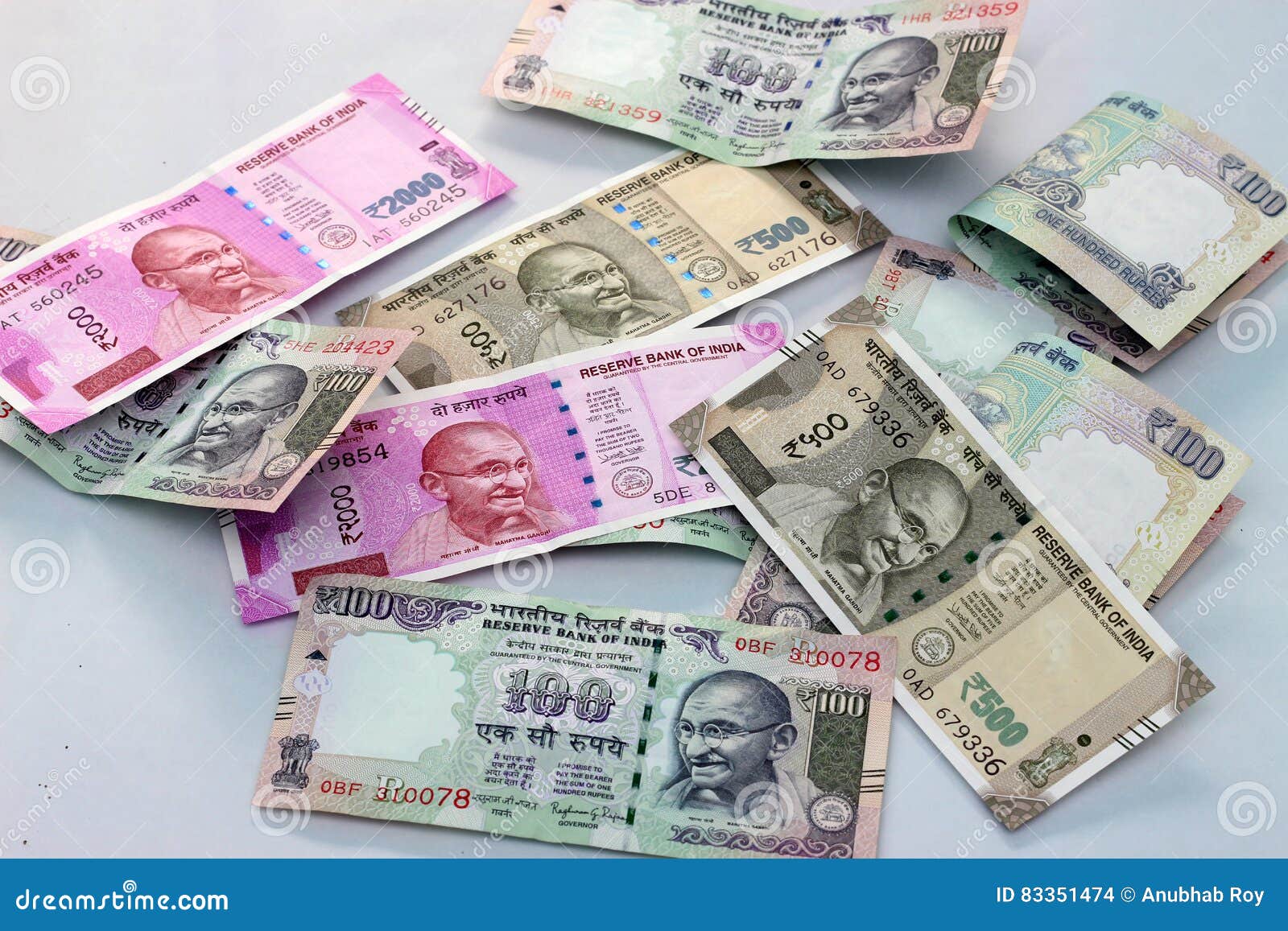


“Strikingly, the decline in the dollar’s share has not been accompanied by an increase in the shares of the pound sterling, yen and euro, other long-standing reserve currencies… Rather, the shift out of dollars has been in two directions: a quarter into the Chinese renminbi, and three quarters into the currencies of smaller countries that have played a more limited role as reserve currencies.”Īlso read: Petrodollar vs Petroyuan: Can China overthrow US in the global oil market? “The dollar’s share of global foreign-exchange reserves fell below 59 per cent in the final quarter of last year, extending a two-decade decline, according to the IMF’s Currency Composition of Official Foreign Exchange Reserves data,” the paper stated. In 2022, the International Monetary Fund noted that central banks today are not holding the greenback as reserves in the same quantities as yesteryear. This move has been gaining speed in the last few years, especially in the previous year. Moreover, countries can reduce their exposure to currency fluctuations and interest rate changes, which can help to improve economic stability and reduce the risk of financial crises. The proponents of de-dollarisation say that this process would reduce other countries’ dependence on the US dollar and the US economy, which could help mitigate the impact of economic and political changes in the US on their own economies. It is a process of substituting the US dollar as the currency used for trading oil and/or other commodities. This process is called de-dollarisation - and it refers to reducing the dollar’s dominance in global markets. However, not everybody likes playing by US rules and countries like Russia and China would like to call a halt to dollar hegemony.


 0 kommentar(er)
0 kommentar(er)
